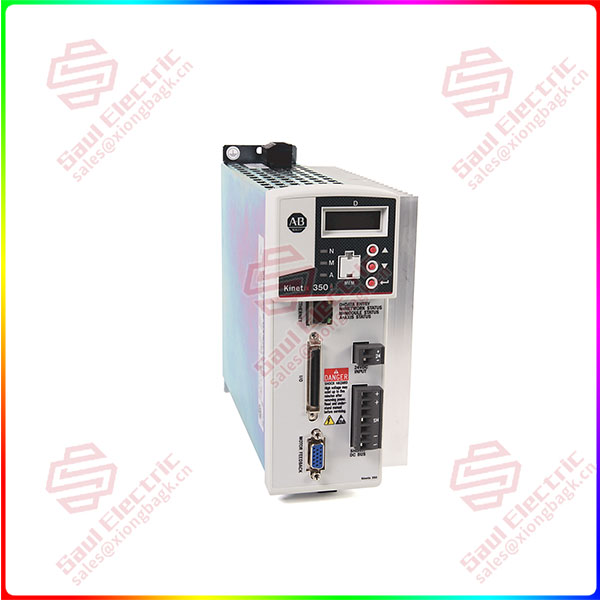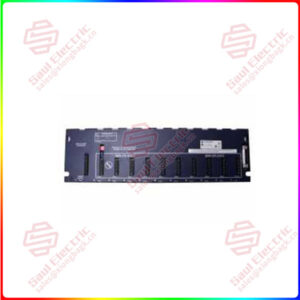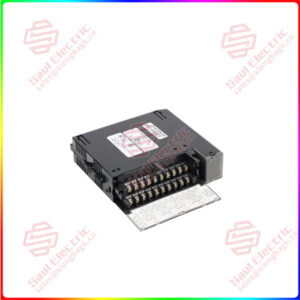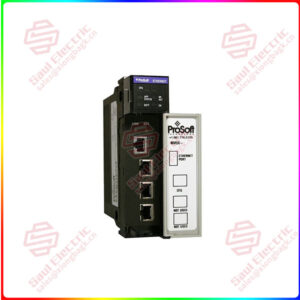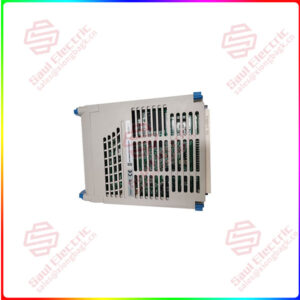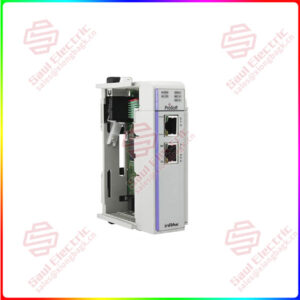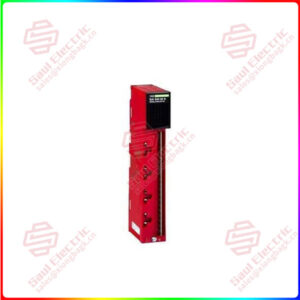Description
Overview
Essential details:2097-V34PR3-LM Allen-Bradley Kinetix 300 Ethernet I/P servo drive
lf you need to inquire or purchase ,please send the product models to my email or call medirectly .
sunny He
[Email] sales@xiongbagk.cn
[Mobile] 86-18059884797
[WhatsApp] 86-18059884797
[Skype] sales@saulcontrol.com
2097-V34PR3-LM Allen-Bradley Kinetix 300 Ethernet I/P servo drive
The 2097-V34PR3-LM comes is enabled providing an AC input voltage requirement of 320-528VAC rms, 3-phase and input frequency of 48-62 Hz while the maximum main AC input current is 2.7 Amperes, nominal and maximum inrush current rating of 4.5 Amperes (0-pk). This drive has continuous output current (rms) of 2.0 A, continuous output current (0-pk) of 2.8 Amperes while the continuous output current @ 480VAC is 1.0 kW. Additionally, the Peak output current (rms) is 6.0 A and the Peak output current (0-pk) is 8.5 Amperes. This drive features a safe Torque-Off functionality. Additionally, the 2097-V34PR3-LM has an overvoltage rating of 850VDC and short0circuit current rating of 100,000 A (rms) symmetrical.
The 2097-V34PR3-LM comes equipped with a power rating of 1.0 kWatts, which offer optimal power for a variety of operations. The device also has a continuous output current with a total rating of 2.8 Amperes. This combination of power options provided by the device ensures optimal functionality, and a high-performance regardless of the installation settings and particular equipment attached to the device. An input voltage rating of 480 Volts AC is required by the device for optimal performance, which fits the majority of industrial power settings; thus there would usually not be any need for an additional transformer to deliver the correct input voltage rating to this device. Facilities that want to rely on the 2097-V34PR3-LM should ensure that they obtain a professional technician who is experienced in industrial settings for the initial installation of the device. A variety of writing operations must be completed for adequate performance; incorrect installation may lead to unstable or unwanted operational glitches, putting the facility at risk of further complications.


 1 Year Warranty
1 Year Warranty
